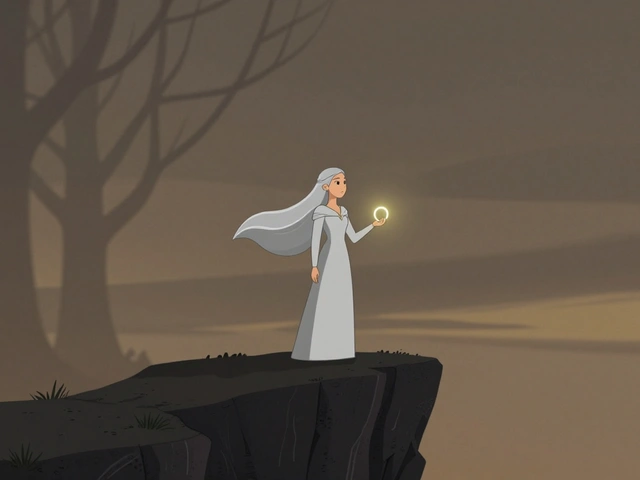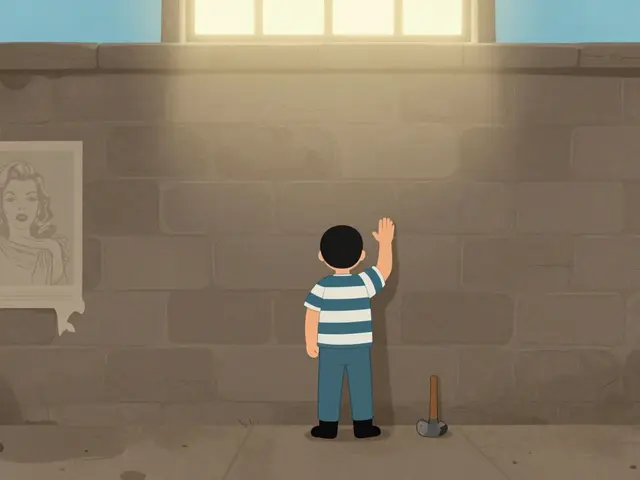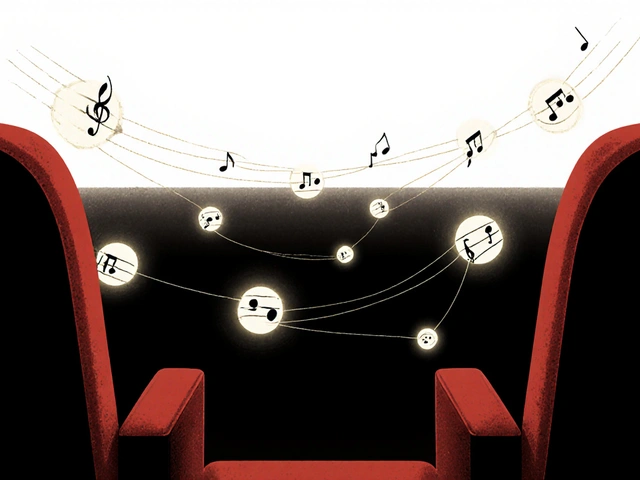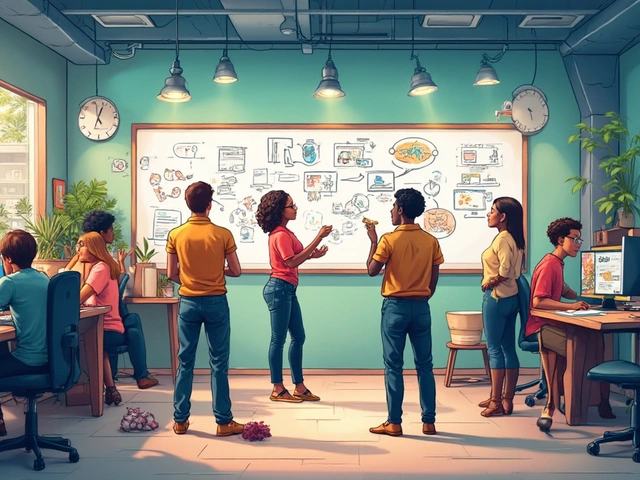Film Dialogue: How Conversations Shape Movies and Why They Matter
When you think of a great movie, you probably remember a line—something sharp, funny, or heart-wrenching that stuck with you. That’s film dialogue, the spoken words between characters that reveal motive, emotion, and truth in cinema. Also known as cinematic conversation, it’s not just what people say—it’s what they don’t say, how they say it, and the silence between lines that makes it powerful. Unlike real life, where conversations meander, film dialogue is crafted to serve the story. It builds character, escalates tension, and often carries the emotional weight of the entire film. Think of Tony Stark’s "I am Iron Man" or the quiet "You can’t handle the truth!" in A Few Good Men. These aren’t just lines—they’re moments that define movies.
Good screenplay, the written blueprint of a film that includes dialogue, action, and scene direction. Also known as scriptwriting, it’s the foundation every actor, director, and editor works from doesn’t just list what characters say—it shapes how they sound. A detective in a noir film talks differently than a teenager in a coming-of-age story. That’s character voice, the unique way a character speaks that reflects their background, personality, and emotional state. It’s why you know it’s Tony Soprano before he even opens his mouth. Film dialogue isn’t about realism—it’s about authenticity. It needs to feel real, even if it’s poetic, exaggerated, or sparse. And when it works, it doesn’t just support the story—it becomes the story.
What you hear in a movie doesn’t exist in a vacuum. It’s tied to editing, pacing, and even the music. A pause after a line can be louder than the words. A mumbled reply can say more than a monologue. That’s why the best dialogue is often edited as carefully as the visuals. You’ll find examples of this in the posts below—how writers craft lines that land, how actors bring them to life, and how directors use silence as a tool. Whether it’s a stand-up special where every punchline is a tiny story, or a horror film where a whisper terrifies more than a scream, dialogue is the invisible hand guiding your emotions. These posts don’t just show you great lines—they show you how they’re built, why they work, and how to recognize them when you see them.
3
The Power of Dialogue in Drama: How Aaron Sorkin and Quentin Tarantino Redefined Screenwriting
Explore how Aaron Sorkin and Quentin Tarantino use dialogue to reveal character, build tension, and create unforgettable drama-without relying on action or spectacle.
Latest Posts
Popular Posts
-
 Lord of the Rings: The Rings of Power on Prime Video - What to Know in 2025
Lord of the Rings: The Rings of Power on Prime Video - What to Know in 2025
-
 Special Effects vs. Visual Effects: What’s the Difference in Movie Magic
Special Effects vs. Visual Effects: What’s the Difference in Movie Magic
-
 Best Educational TV Shows for Preschoolers, Elementary Kids, and Tweens
Best Educational TV Shows for Preschoolers, Elementary Kids, and Tweens
-
 Data Management: DIT, Backups, and Archival Best Practices for Video Teams
Data Management: DIT, Backups, and Archival Best Practices for Video Teams
-
 IMDb’s Top 250 Explained: Why The Shawshank Redemption Still Reigns
IMDb’s Top 250 Explained: Why The Shawshank Redemption Still Reigns



